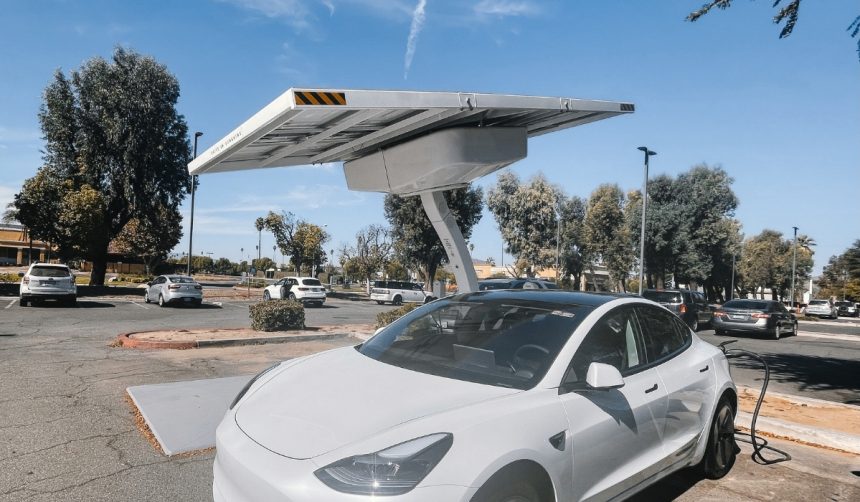Self-driving technology often sparks debate, but in Plano, Texas, it is action, not words, making headlines. Tesla has brought its LiDAR-equipped ground-truth Robotaxi test vehicles to this city, signaling moves to expand the company’s autonomous ride-hailing efforts beyond its current footprint. Residents noticed these vehicles, which conduct detailed road mapping and scenario validation, operating in neighborhoods northeast of Dallas. As regional interest grows, speculation heightens regarding which localities may next observe the quiet passage of Tesla’s distinctive electric vehicles. Company activity indicates not just technical ambition but a strategic bid for wider operational approval in populated urban centers.
When the company initiated Robotaxi service in Austin earlier, it focused primarily on new markets in different states, such as Arizona and Nevada, after receiving relevant regulatory approvals. The rollout in Plano marks a change in approach; now, Tesla seeks to deepen its presence in the same state rather than only targeting new ones. Unlike early stages when rumors about timelines dominated, these developments in Texas demonstrate confirmed technical trials, revealing tangible progress. Furthermore, compared to Palo Alto’s ongoing requirement for Safety Monitors in the driver’s seat, Texas operations have begun reducing supervision on certain city routes.
Which Steps Mark Tesla’s Latest Strategy in Texas?
Tesla’s current test phase in Plano is part of a broader strategy to extend its Robotaxi network within states already permitting operations. Deploying LiDAR technology for so-called ground-truth validation, the firm evaluates unfamiliar routes and refines algorithms for local driving scenarios. This approach serves as a precursor to public rollout, as actual navigation data is essential for advancing the company’s Full Self-Driving (FSD) software.
How Does Safety Oversight Differ Across States?
Safety oversight requirements vary by location. In California, Tesla maintains a Safety Monitor in the driver’s seat throughout trips for Robotaxi service. In Texas, stricter oversight applies only to highway sections; city streets require less supervision, a change that has not gone unnoticed by industry observers. Addressing this directly, Tesla explained,
“Safety remains a priority, and temporary monitors help us protect all occupants during these early stages.”
Could Expansion Affect Other Texas Cities Soon?
With Plano now being considered, there are expectations that additional Texas cities, including Houston and San Antonio, could be targeted for subsequent expansion. If ground validation achieves the necessary results, Tesla’s ride-hailing suite may soon cover substantial urban and suburban areas across the state. The company stated,
“We are committed to verifying each new location’s readiness before activating Robotaxi operations for the public.”
Evidence gathered from the current phase in Plano underscores how Tesla’s expansion efforts are becoming more methodical; the company’s focus on validation and regulatory compliance hints at a gradual, city-by-city path rather than immediate statewide rollouts. Monitoring contrasting strategies, such as California’s ongoing human oversight and Texas’s reduced requirements on certain routes, offers insight into how local policies influence tech deployment. The interplay between AI-driven systems and regulatory oversight continues to evolve, especially as self-driving services receive greater public and governmental scrutiny. Readers should watch for updates on safety data, regulatory developments, and topographical challenges across various metro markets as Tesla and similar companies continue to test autonomous ride-hailing in practical urban settings.










